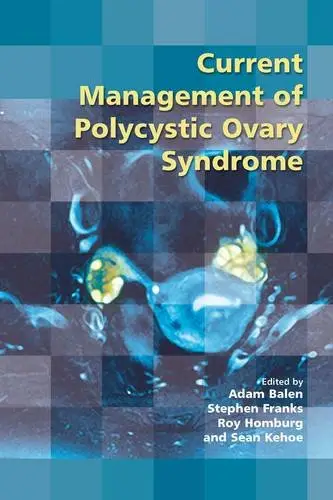Current Management of Polycystic Ovary Syndrome By Adam H. Balen, Stephen Franks, Roy Homburg
2010 | 240 Pages | ISBN: 1906985413 | PDF | 4 MB
2010 | 240 Pages | ISBN: 1906985413 | PDF | 4 MB
Polycystic ovary syndrome (PCOS) is a heterogeneous collection of signs and symptoms that, gathered together, form a spectrum of a disorder with a mild presentation in some, whereas in others there may be a severe disturbance of reproductive, endocrine and metabolic function. The definition of the syndrome has been much debated, with key features including menstrual cycle disturbance, hyperandrogenism and obesity. The pathophysiology of PCOS appears to be multifactorial and polygenic and is still being actively researched. PCOS is the most common endocrine disturbance and affects 10–15% of women in the UK. The clinical findings of hirsutism, acne, alopecia and obesity do not always correlate with the serum biochemistry, which itself may be difficult to assess. There is no doubt that PCOS has a significant effect on quality of life and psychological morbidity and, as many specialists may be involved in its management, a multidisciplinary approach is required.



